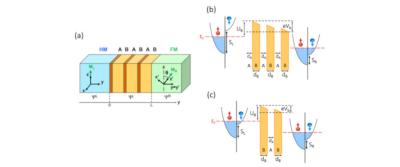Numem to supply its STT-MRAM to a NASA AI core project
High-performance STT-MRAM developer Numem announced that it has been selected for a NASA AI project, for which the company will supply its Numem NuRAM MRAM-based Memory. Numem says its memory enables a 2-3x smaller memory area and 20x to 50x lower standby power compared to SRAM.
The project, titled âDNN Radiation Hardened Co-processor as companion chip to NASAâs upcoming High-Performance Spaceflight Computing Processorâ will develop a reconfigurable DNN Engine with multiple compute units which can support a wide range of DNN models and frame rates.
